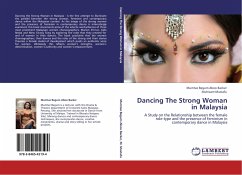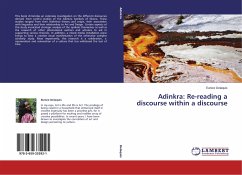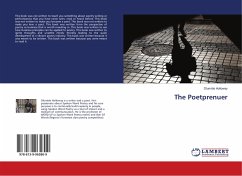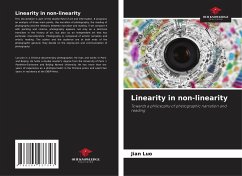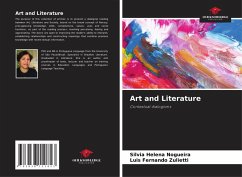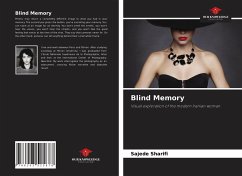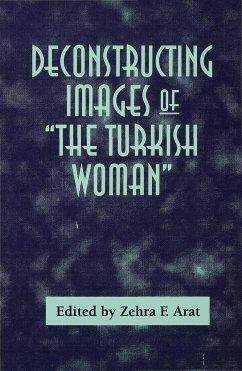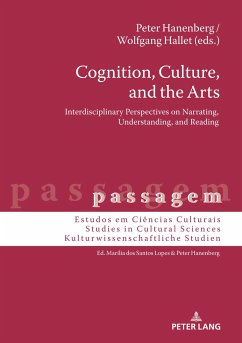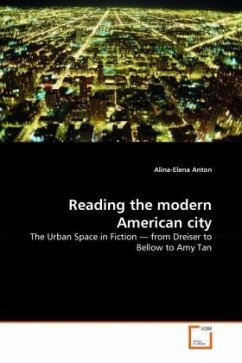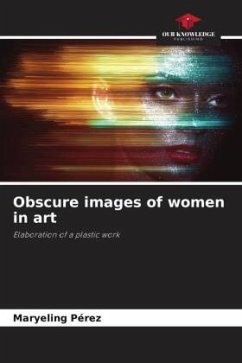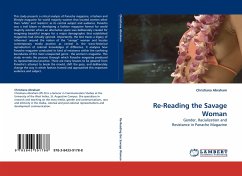
Re-Reading the Savage Woman
Gender, Racialization and Resistance in Panache Magazine
Versandkostenfrei!
Versandfertig in 6-10 Tagen
32,99 €
inkl. MwSt.

PAYBACK Punkte
16 °P sammeln!
This study presents a critical analysis of Panache magazine, a fashion and lifestyle magazine for world majority women that located women other than white' and western' as its central subject and audience. Panache was a trail blazer in developing a fashion magazine format for world majority women where an alternative space was deliberately created for imagining beautiful images for a major demographic that established magazines had virtually ignored. Importantly, the text traces a legacy of 'otherness' around the notion of the savage woman and locates contemporary media practice as central in ...
This study presents a critical analysis of Panache magazine, a fashion and lifestyle magazine for world majority women that located women other than white' and western' as its central subject and audience. Panache was a trail blazer in developing a fashion magazine format for world majority women where an alternative space was deliberately created for imagining beautiful images for a major demographic that established magazines had virtually ignored. Importantly, the text traces a legacy of 'otherness' around the notion of the savage woman and locates contemporary media practice as central in the trans-historical reproduction of colonial knowledges of difference. It analyses how Panache magazine conducted its kind of resistance within the confining boundaries of this most unexpected genre - the women's magazine. This study re-visits the process through which Panache magazine produced its representational practice. There are many lessons to be gleaned from Panache's attempt to break the mould, shift the gaze, and deliberately change the way in which fashion framed and approached this important audience and subject.



